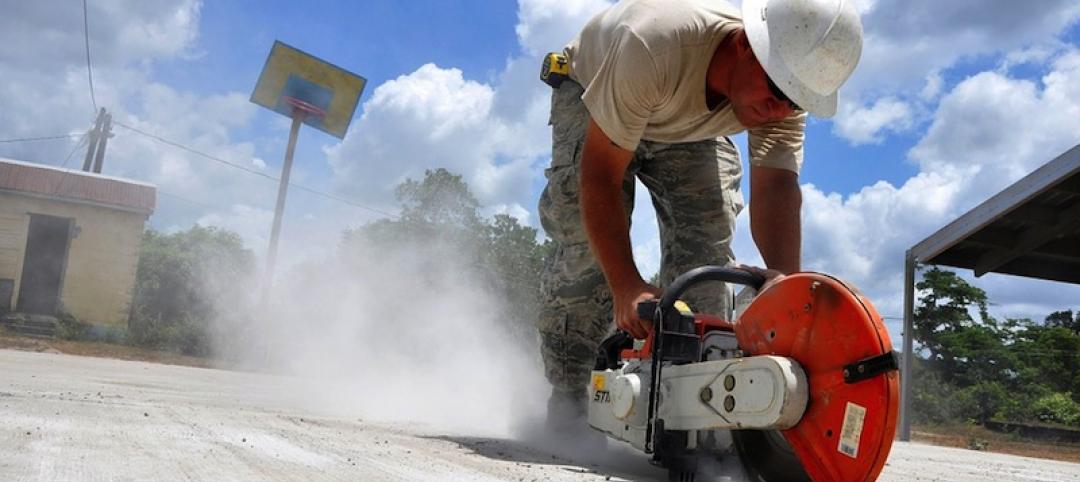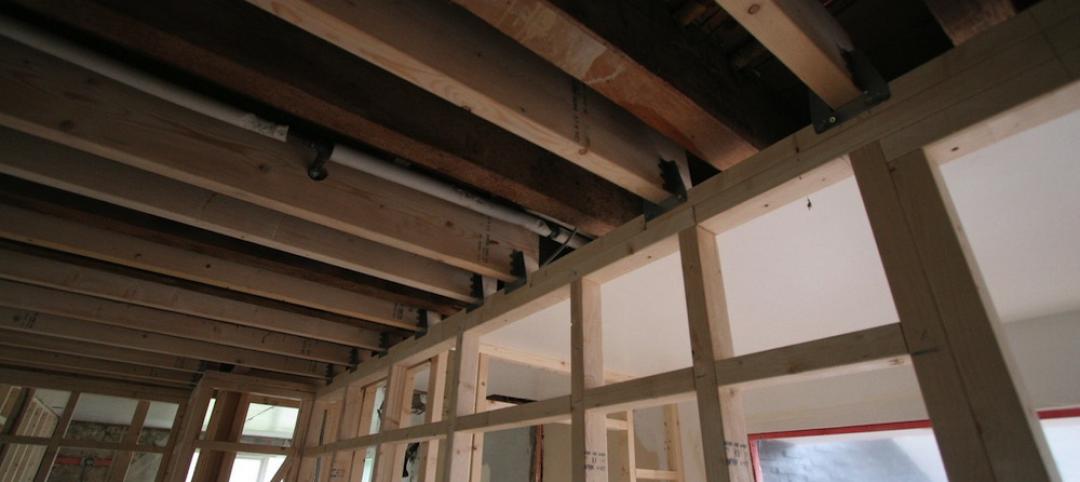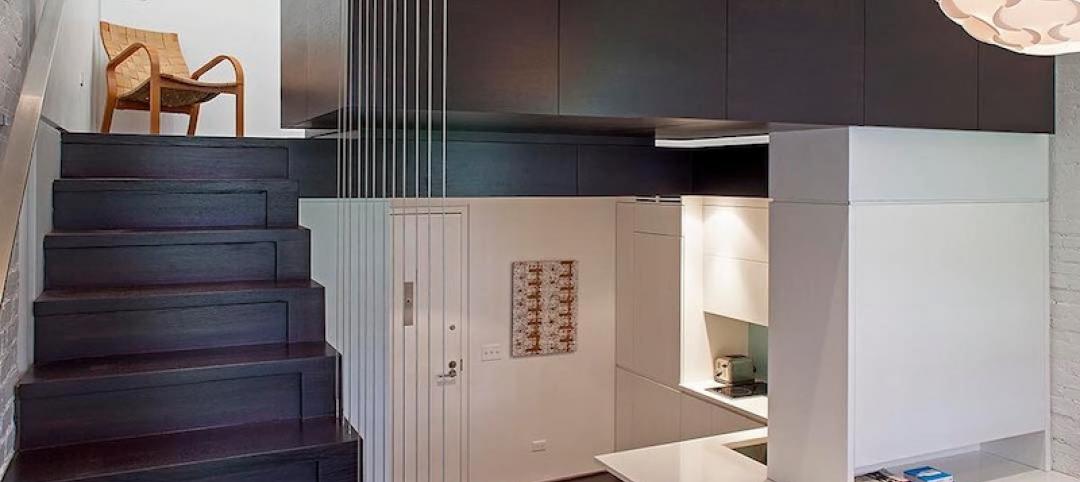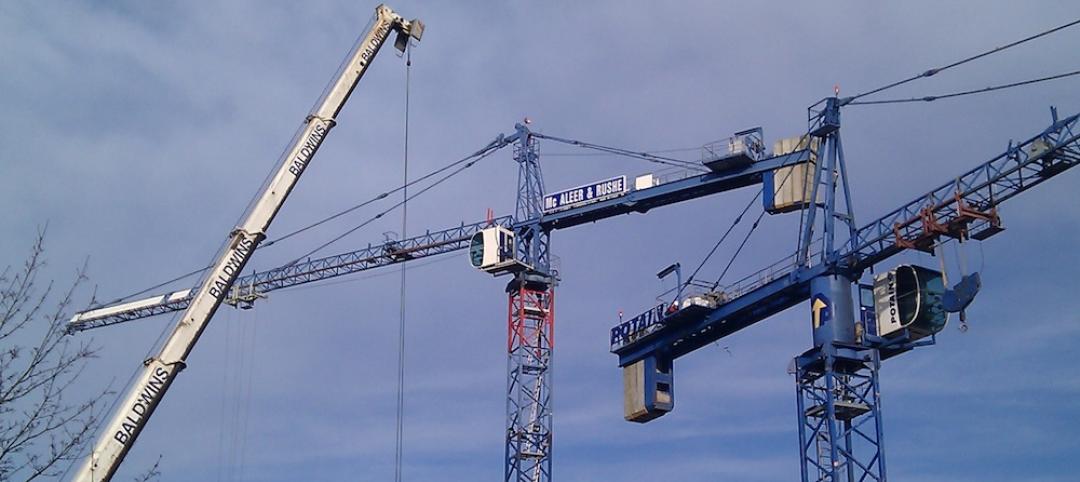A nationwide retrofit strategy could cut 51% of emissions from large buildings in Canada, according to a new Canada Green Building Council (CaGBC).
The report includes recommendations that CaGBC says would reduce 21 million tons of carbon by 2030, help the government achieve its climate change goals, and grow the economy. CaGBC researchers analyzed how the type, size, and age of large buildings, along with energy sources and the carbon intensity of regional electrical grids in Canada, can affect energy efficiency and carbon emissions.
Among the findings and recommendations:
- Buildings including office buildings, shopping malls, universities, and arenas constructed between 1960 and 1979 represent the age class with the largest opportunity for carbon emissions reductions.
- Alberta and Ontario currently emit the most carbon. This is due to the carbon intensity of Alberta’s electricity grid and the number of large buildings in Ontario.
- All provinces will need to prioritize recommissioning for large buildings (between 25,000 sf and 200,000 sf) and deep retrofits for buildings over 35 years old. These two actions will reduce emissions by 4.1 MT CO2e, providing 62% of the reduction needed to meet the goal.
- Fuel switching must be completed in 20% of buildings over 35 years old across Canada. Currently, fuel switching is particularly attractive in provinces with clean electricity grids such as British Columbia, Manitoba, Quebec, New Brunswick, and Newfoundland. In these regions, significant effort should be put into increasing the adoption of highly efficient heat pump technology.
- In provinces with carbon intense electricity grids—Alberta, Saskatchewan, New Brunswick, and Nova Scotia—30% of buildings will need to use renewable energy in order to meet the target.
Related Stories
Codes and Standards | Mar 25, 2016
ASHRAE grants fund human thermal comfort database project
Aim is to help better understand thermal comfort in residential and commercial buildings.
Codes and Standards | Mar 25, 2016
OSHA finalizes new silica dust regulations
Construction industry has until June 2017 to comply.
Wood | Mar 23, 2016
APA updates Engineered Wood Construction Guide
Provides recommendations on engineered wood construction systems.
Codes and Standards | Mar 23, 2016
Affordable housing advocates differ on micro-apartment policy
New York’s luxury micro units could be first step to developing affordable units.
Codes and Standards | Mar 21, 2016
GRESB launches Health and Well-being Module for real estate industry
Optional supplement to environmental, social, and governance assessment.
Codes and Standards | Mar 4, 2016
U.S. Supreme Court lets San Jose affordable housing law stand
Law attempts to alleviate Silicon Valley’s high housing costs.
Codes and Standards | Mar 2, 2016
WELL standard offers multiple benefits for owners, says real estate executive
Could be a recruiting tool for occupant companies.
Cultural Facilities | Mar 1, 2016
China bans ‘weird’ public architecture, gated communities
Directs designers of public buildings to focus on functionality.
Energy Efficiency | Feb 23, 2016
Economists, energy efficiency practitioners need to work together for better cost/benefit studies
Flawed energy efficiency research yields misleading, confusing results.
Codes and Standards | Feb 16, 2016
New York City implements new crane safety plan following deadly accident
The plan includes restrictions on crawler cranes during windy conditions.

















